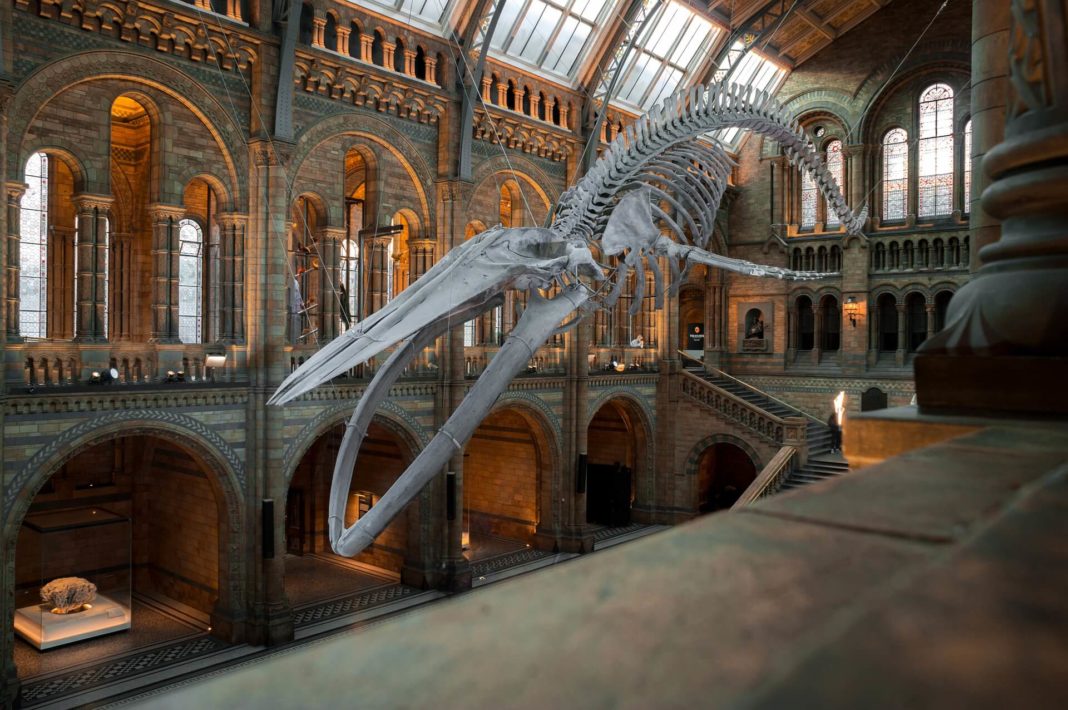Throughout the world, museums and cultural institutions entice visitors to discover new cultures and subjects through their expertly curated collections and transformative exhibitions. For those who are quick to dismiss museum visits as boring, it’s time to reconsider: Galleries from Senegal to Japan have mastered the art of creating engaging exhibits on art, history, and culture that can convert even the most adamant critic. Numerous of these museums are also well-known for their outstanding restaurants and cafes.
Take a look at this comprehensive list of 45 of the world’s best museums and galleries with one-of-a-kind exhibits that educate and inspire. Whether you’re interested in Egypt’s ancient treasures or Van Gogh’s post-impressionist works, these extraordinary collections are well worth the trip.
1. Louvre Museum in Paris (Musée du Louvre)
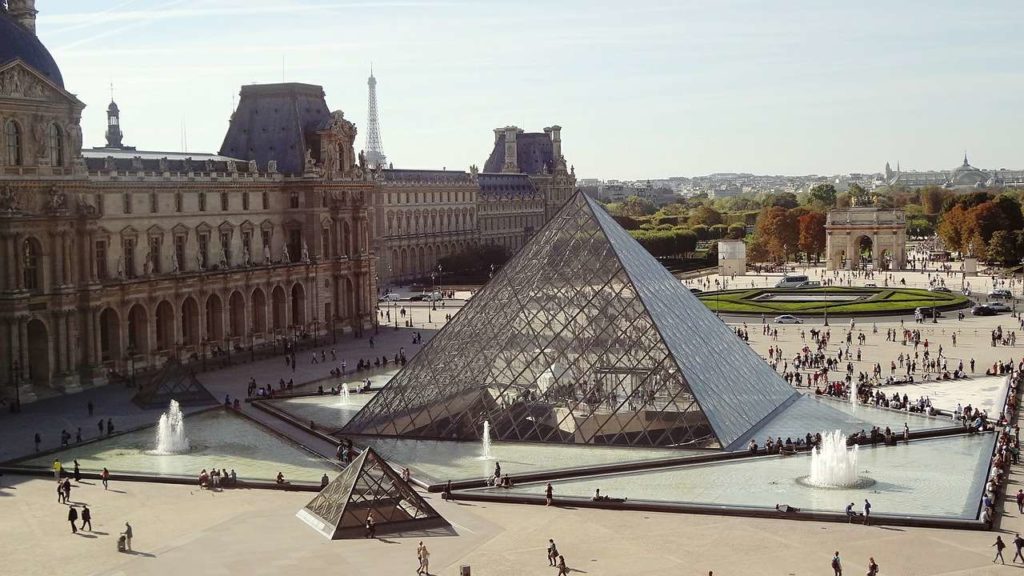
In Paris, the Louvre is one of the world’s most visited and largest art museums. The museum opened in 1793 and is housed in the former royal palace of the Louvre. The famous glass pyramid in the Louvre Palace’s main courtyard was added in 1989 and serves as the museum’s main entrance. Its exhibits hail from a variety of historical periods and places, including ancient Egypt, classical Greece and Rome, medieval Europe, and Napoleonic France. Of course, its most famous exhibit is Leonardo da Vinci’s Mona Lisa, which is frequently surrounded by hordes of camera-toting tourists.
| 🎫 Tickets & Events: | viator.com |
| 🏨 Nearby Hotels | Booking.com |
| 💻 Website | www.louvre.fr/en |
| 📬 Address | Rue de Rivoli, 75001 Paris, France |
| 📍 Map | Open in Google Maps |
2. The Museum of Egyptian Antiquities in Cairo
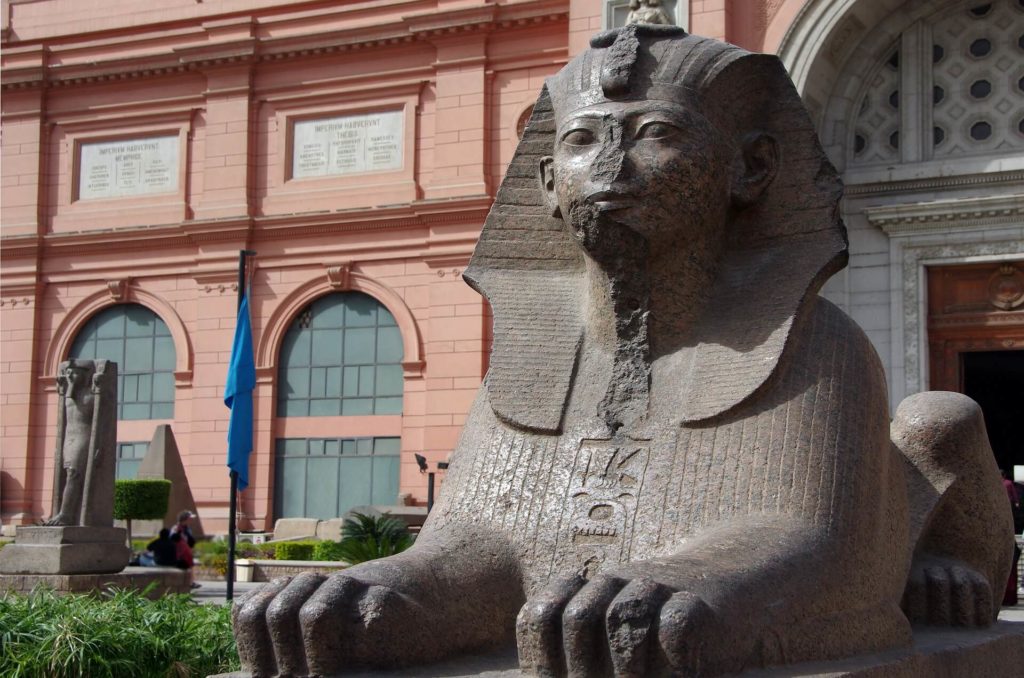
The Egyptian Museum in Cairo is one of the world’s best museums, housing at least 120,000 items of ancient Egyptian antiquities. The museum is divided into two main floors: the ground floor and the first floor. On the ground floor, there is a large collection of papyrus and ancient Egyptian coins. On the first floor, there are artifacts from Ancient Egypt’s final two dynasties, as well as numerous artifacts from the Valley of the Kings. Among the highlights are the objects from Tutankhamen’s tomb and the Royal Mummy Room, which houses 27 royal mummies from pharaonic times.
| 🎫 Tickets & Events: | viator.com |
| 💻 Website | https://en.wikipedia.org/wiki/Egyptian_Museum |
| 📬 Address | Wasim Hasan, Ismailia, Qasr El Nil, Cairo Governorate, Egypt |
| 📍 Map | Open in Google Maps |
3. Vatican Museums
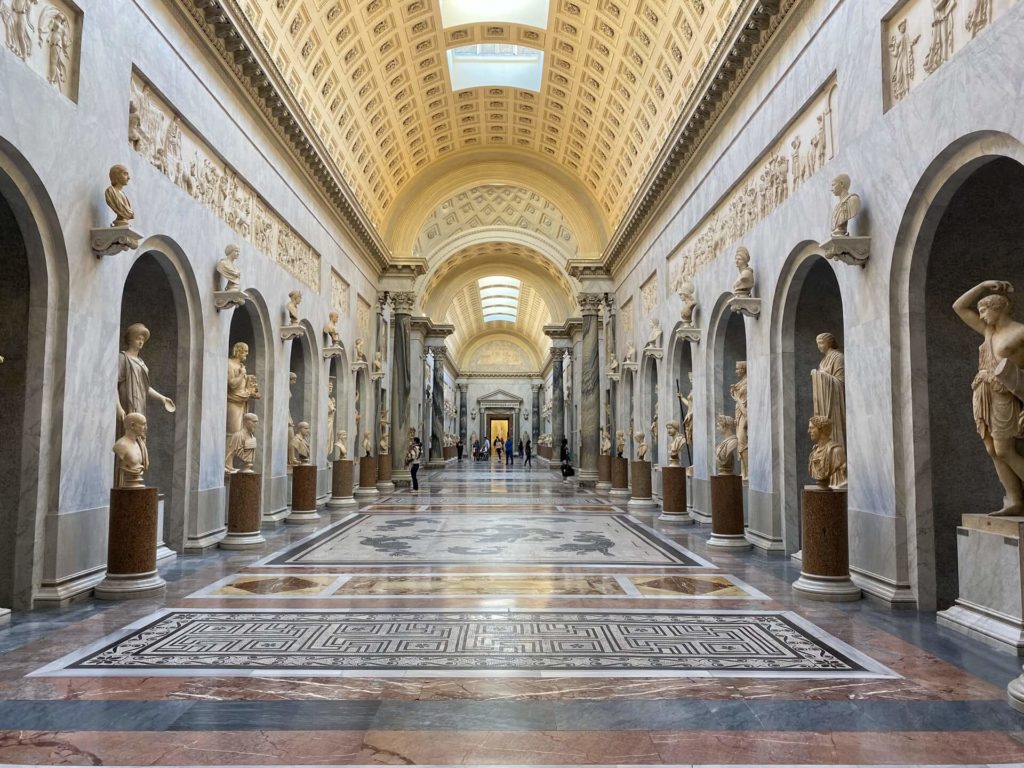
The Vatican Museums, founded by Pope Julius II in the sixth century and located within the Vatican City in Rome, are among the world’s best museums. The spiral staircase, the Raphael Rooms, and the exquisitely decorated Sistine Chapel are the most famous features of the museums. Michelangelo painted the chapel ceiling between 1508 and 1512 under the patronage of Pope Julius II. Today, the ceiling, particularly The Last Judgment, is widely regarded as Michelangelo’s crowning artistic achievement.
4. The Metropolitan Museum of Art in New York City

The Metropolitan Museum of Art, referred to simply as The Met, is a New York City art museum located on the eastern edge of Central Park. This massive gothic-style structure, which opened in 1872 and has seen numerous additions over the years, contains literally hundreds of rooms and over two million works of art from throughout human history and the world, covering virtually every field of art. Along with its permanent collections, the Met organizes and hosts significant traveling exhibitions throughout the year.
5. British Museum
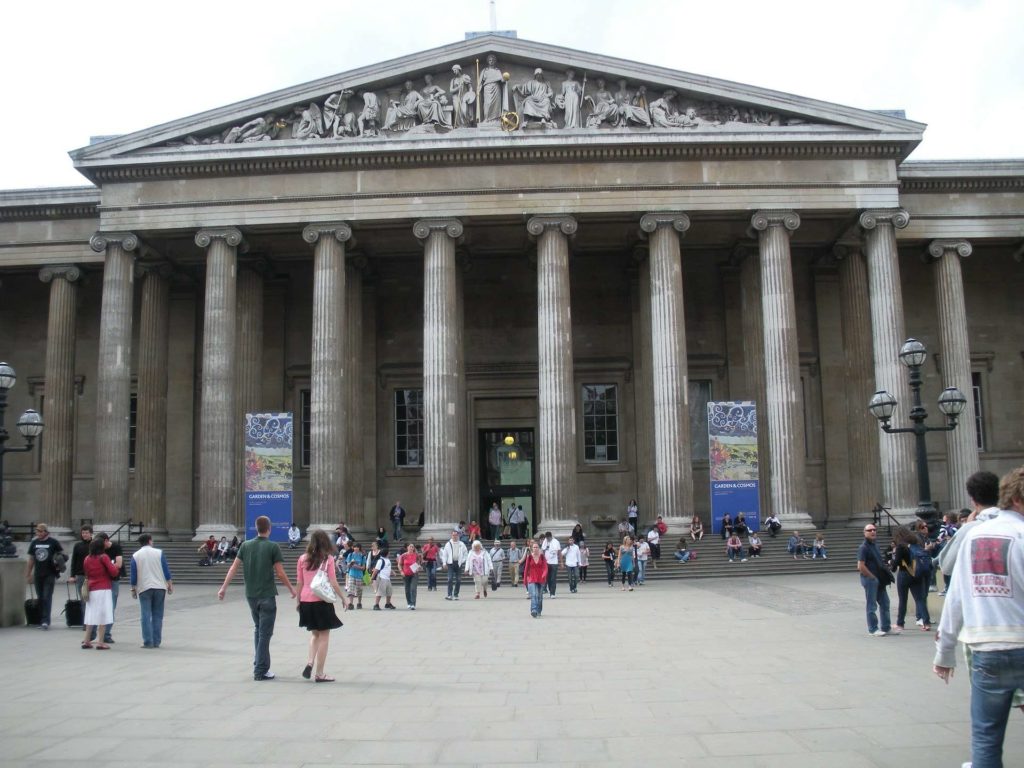
The British Museum in London, founded in 1753, is a museum dedicated to human history and culture. Its collections, which total over seven million objects, are among the world’s largest and most comprehensive, spanning all continents and illuminating and documenting the history of human culture from its origins to the present. The Rosetta Stone, the key to deciphering hieroglyphs, and the world’s largest collection of mummies are among the objects on display. It is a popular destination in London.
6. Uffizi Gallery
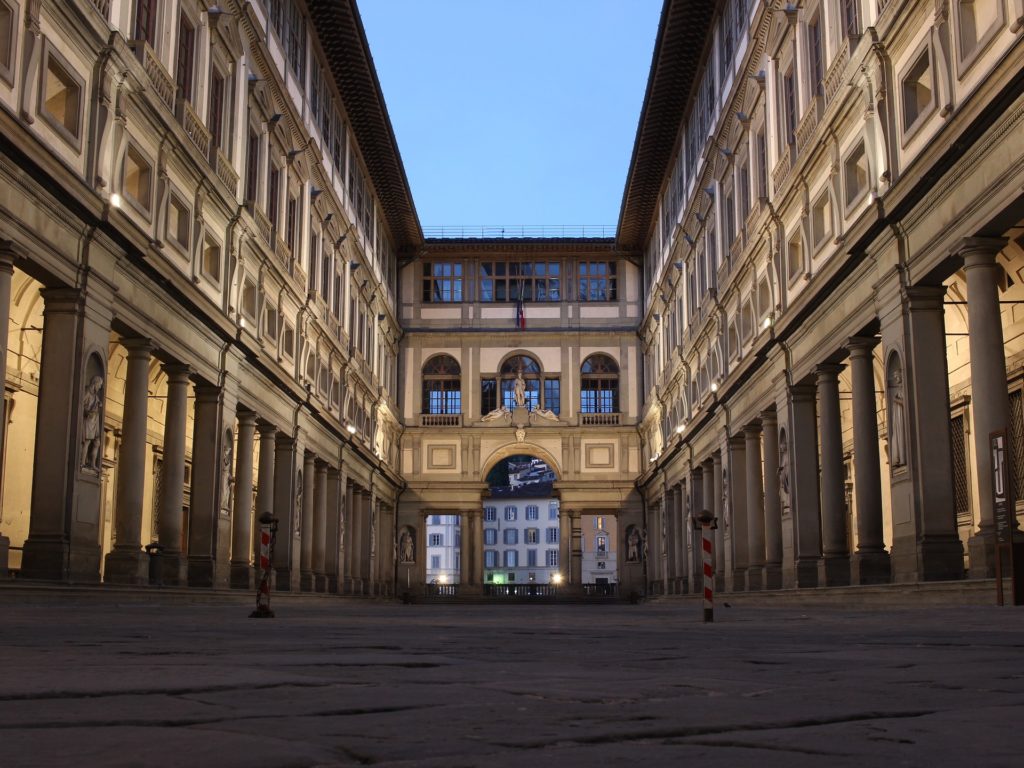
The Uffizi Gallery, located in Florence, Italy, is one of the world’s oldest and most renowned art museums. It is housed in the 16th-century Palazzo degli Uffizi, which was built as the offices of the Florentine magistrates. The Renaissance painting and sculpture collections from classical antiquity are magnificent. Sandro Boticelli’s The Birth of Venus is included. There are frequently lengthy queues that begin even before the doors open.
7. State Hermitage Museum in St. Petersburg
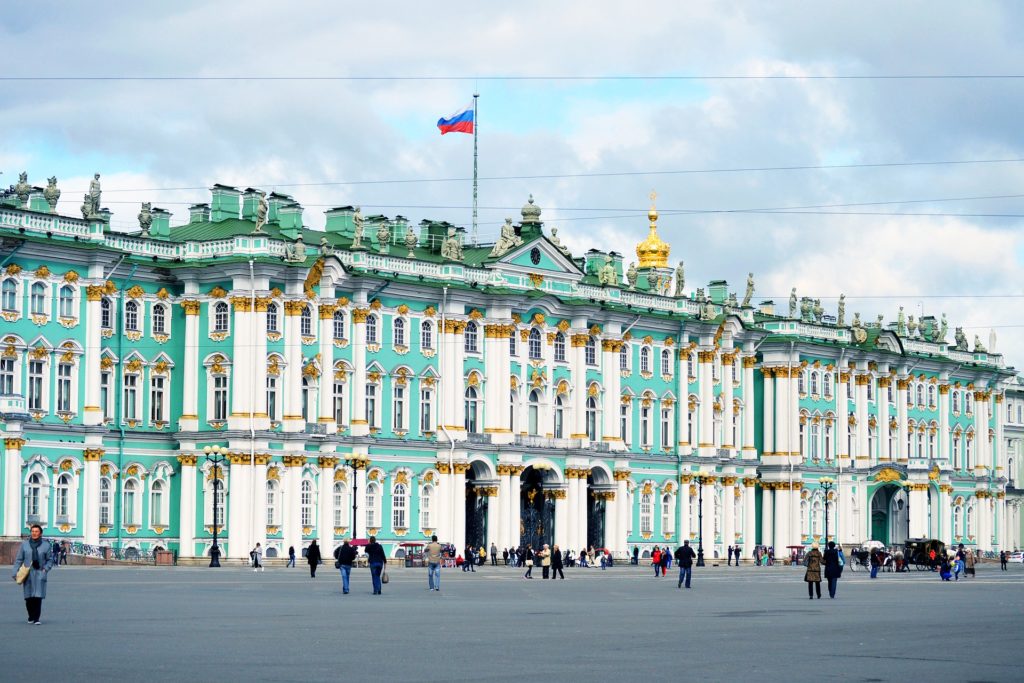
The Hermitage Museum in Saint Petersburg, Russia, was founded in 1764 by Catherine the Great. It is a massive museum of art and culture displaying the highlights of a collection of over 3 million items from all over the world. The Hermitage, a popular tourist destination, is truly one of the world’s best museums, with an imposing setting displaying priceless works by Rembrandt, Da Vinci, Michealangelo, and Reubens, among others. The collections are housed in a sprawling complex of six historic buildings, including the Winter Palace, a former Russian emperor’s residence.
8. Museum of Modern Art
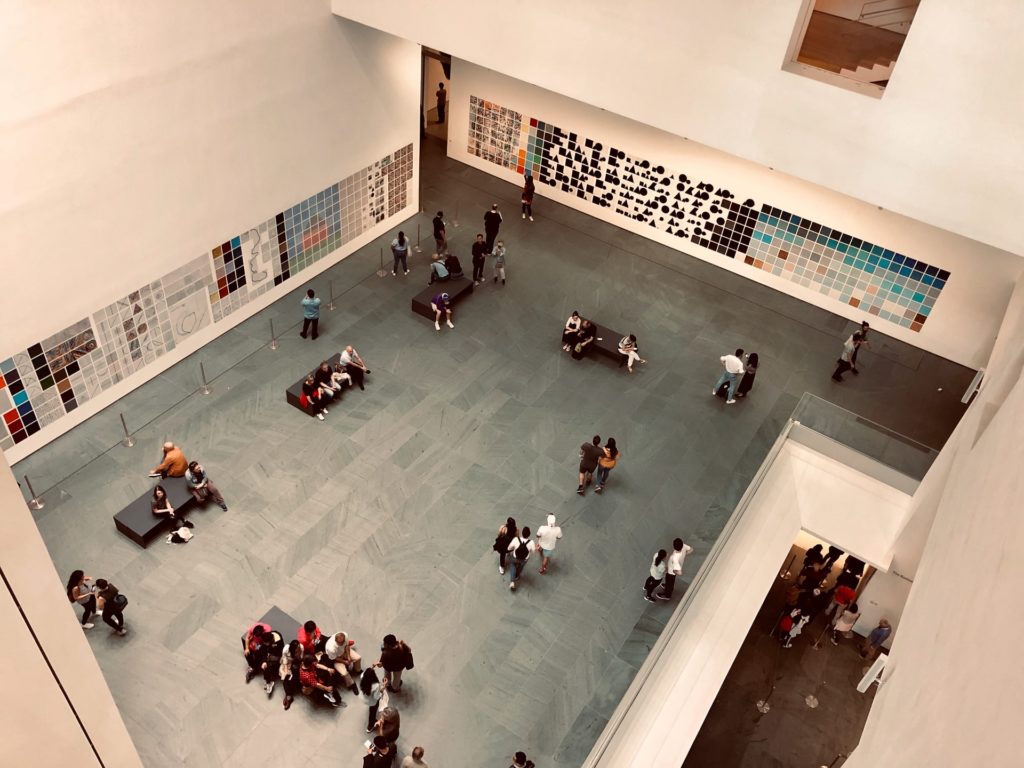
The Museum of Modern Art (MoMA), located in New York City’s Midtown Manhattan neighborhood, is frequently referred to as the world’s most influential museum of modern art. It houses arguably the world’s finest collection of modern masterpieces, including Monet’s Water Lilies, Picasso’s Les Demoiselles d’Avignon, and van Gogh’s Starry Night. Along with the artwork, one of the most compelling aspects of MoMA is the building itself. A labyrinth of glass walkways allows for multiple perspectives on the artwork. Yoshio Taniguchi’s $425 million facelift increased the museum’s exhibition space by nearly 50% in 2004.
9. Guggenheim Museum Bilbao
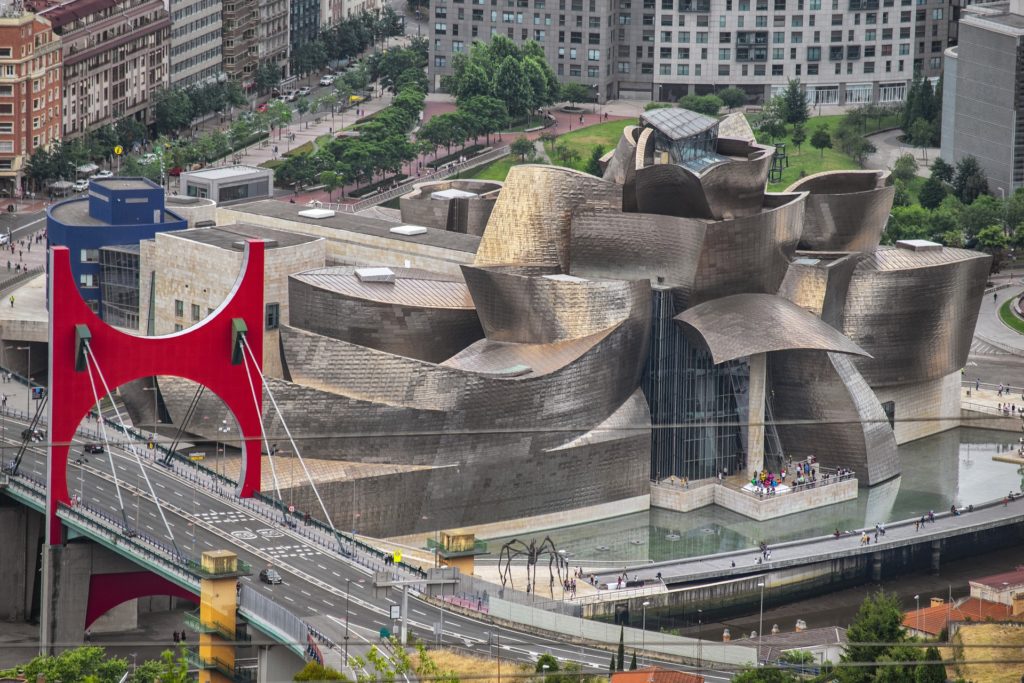
The Guggenheim Museum in Bilbao, Spain, was designed by Frank Gehry and is perhaps the most celebrated building of the 1990s. The graceful, sensuous curves, reminiscent of the ships that once lined Bilbao’s docks, are covered in titanium squares that resemble fish scales and shimmer in the sunlight. Permanent and traveling exhibitions of works by Spanish and international artists are featured at the museum.
10. National Palace Museum
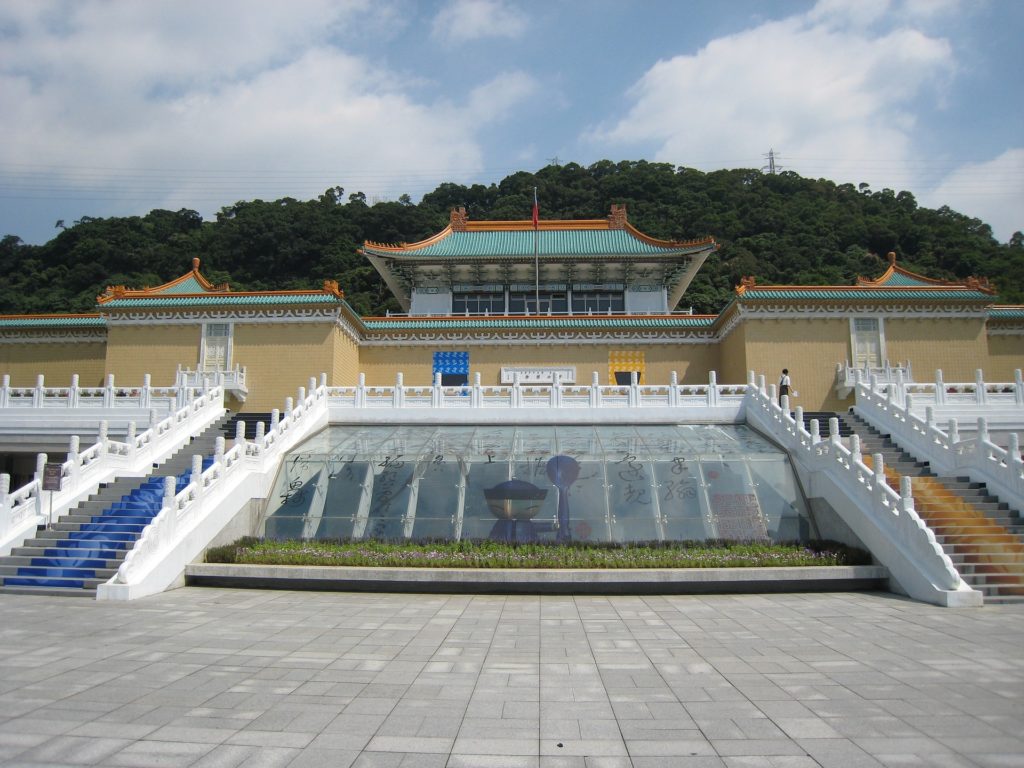
Taipei’s National Palace Museum houses the world’s largest collection of ancient Chinese artifacts and artworks. The museum was founded in 1925 as the Palace Museum in Beijing’s Forbidden City, shortly after the last Chinese emperor was expelled. During the final years of the Chinese Civil War, the museum’s most prized possessions were relocated to Taiwan. When the items arrived in Taiwan, the communist army had already taken over the Palace Museum.
11. Museo Nacional de Antropologia
In the National Museum of Anthropology in Mexico City, Mexico’s pre-Columbian heritage is on display in the archaeological artifacts on display. The museum, which opened in 1964, houses a number of significant exhibits, including the Olmec civilization’s giant stone heads and the Sacred Cenote from Chichen Itza. However, the most famous artifact is the Stone of the Sun, which was not used as a calendar but does contain 20-day signs and the four sun eras that preceded the current fifth sun.
12. Museo Nacional Del Prado in Madrid
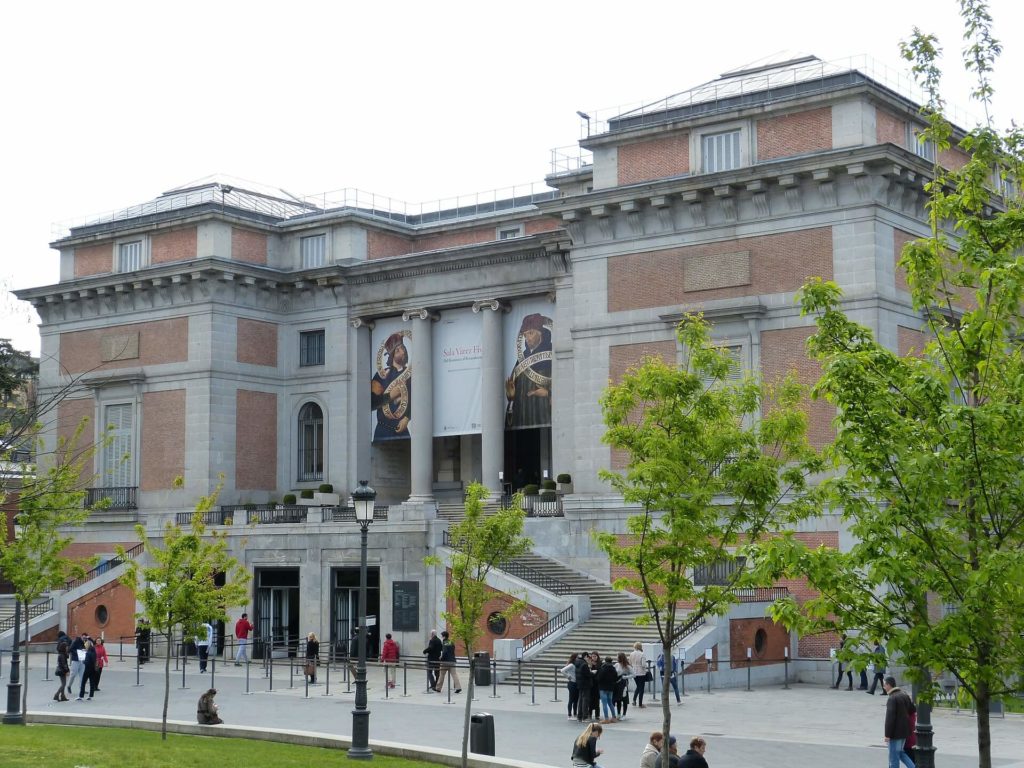
The Prado Museum in Madrid, one of the best museums in Spain, houses some of the finest collections of European art from the 12th to the early 19th centuries. The museum’s most well-known works include Goya’s Majas (La Maja Vestida and La Maja Desnuda) and Velázquez’s Las Meninas. Not only did Velázquez donate works to the Prado, but his keen eye and sensibility were instrumental in bringing much of the museum’s fine collection of Italian masters to Spain.
13. Rijksmuseum in Amsterdam
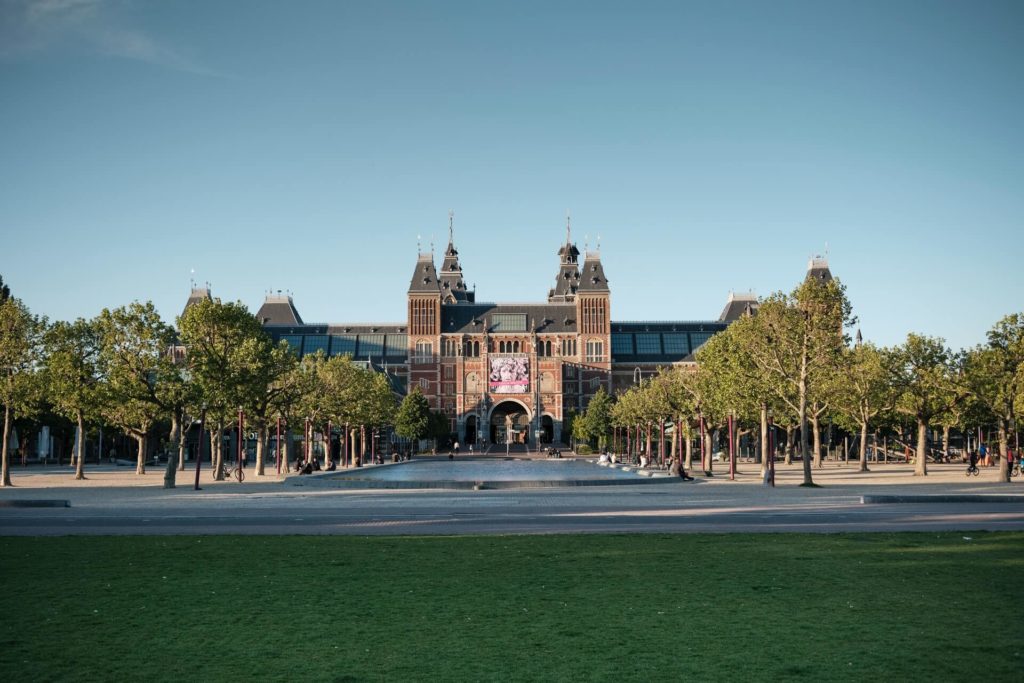
Amsterdam’s Rijksmuseum is the biggest and most prestigious art and history museum in the Netherlands. It houses a sizable collection of Dutch Golden Age paintings, including works by Vermeer and Rembrandt. The museum will be completely renovated until 2013, but the major masterpieces will remain on display.
14. Tokyo National Museum
The Tokyo National Museum was founded in 1872 and is Japan’s oldest and largest museum. Antique Japanese art and Asian art along the road are the main themes in the collections. A wide collection of Greco-Buddhist art is also available.
15. Museum of Black Civilizations in Dakar, Senegal
The Black Civilizations Museum was opened in 2018 to celebrate its culture while detailing the fight African people have waged all through history. The Museum is a creative place for Senegal and the whole of the African continent. The museum represented the vision of Léopold Sédar Senghor, first President, who promised to build an art and identity institute in Africa. Unfortunately, while Senghor passed before the opening of the museum, his legacy is still in the selections of curated art that fill the galleries.
The opening of this cultural monument led to a discussion between the arts world, as many scientists called for the return of thousands of artifacts looted from Africa in the colonial period to museums across Europe.
16. Museum of the Royal Tombs of Sipán in Chiclayo located in Peru
In 1987, police tasked Peruvian archaeologist Walter Alva with investigating the Moche archaeological site of Sipán, where grave robbers had looted artifacts. When Alva began excavating the site, he quickly discovered that he was not unearthing a few pieces of jewelry and gold, but the tombs of the Lord of Sipán and 14 other Moche civilization members.
The Museum of the Sipán Royal Tombs was established to honor and display one of South America’s most significant archaeological discoveries. Guests can marvel at extravagant jewels, regal vessels, and other magnificent artifacts from Peru’s ancient community.
17. Bangkok National Museum
This Bangkok cultural marvel, Thailand’s first national museum, houses the country’s largest collection of Thai artifacts and artwork. The museum’s structures date all the way back to 1782, when they served as the viceroy of Rama I, Prince Wang Na’s, palace.
Nearly a century later, the grounds were transformed into a museum with three distinct galleries: Thai History, Archaeology, and Art History, and Decorative Arts and Ethnology. Along with the main collections, the Bhuddhaisawan Chapel houses one of the most revered Buddha images, Phra Phuttha Sihing.
18. The National Art Center in Tokyo
At this magnificent institution, you never know what awe-inspiring sculpture or Japanese masterpiece you’ll discover. The National Art Center takes pride in being a “empty museum,” constantly introducing new exhibitions and collections throughout its Kisho Kurokawa-designed concrete-and-glass structure.
The quirky museum, founded in 2007, quickly became a popular attraction in Tokyo and annually visited around 2 million people. Previous exhibitions have covered a wide variety of subjects, from Claude Monet’s Impressionist works to the impact of anime on Japanese culture to the history of Cartier.
19. National Museum of African American History and Culture in Washington, D.C.
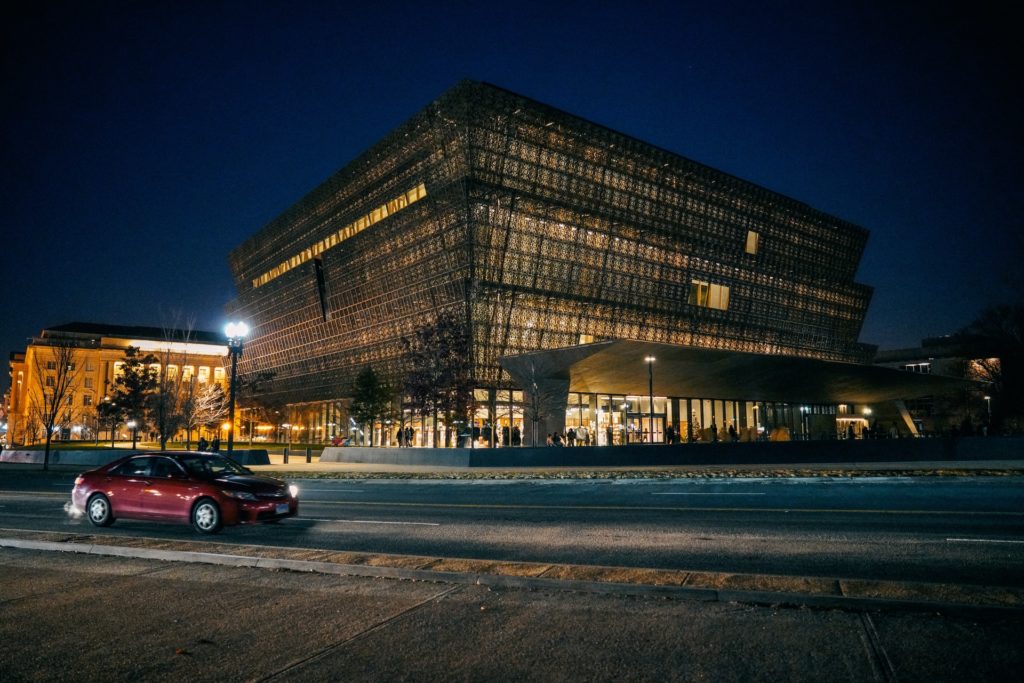
This Smithsonian institution, the only one in the country devoted exclusively to the documentation of the African American experience, opened in 2016. However, the museum’s concept was first proposed more than a century ago in 1915 by Black Civil War veterans. The initial proposal called for the erection of a monument in the nation’s capital in honor of Black soldiers and sailors, but disagreements over funding and site selection kept the project on hold.
It was not until 2003 that the institution was established by a congressional act and construction plans began. The National Museum of African American History and Culture now houses over 40,000 objects documenting African American life, history, and culture.
20. Zeitz Museum of Contemporary Art Africa in Cape Town
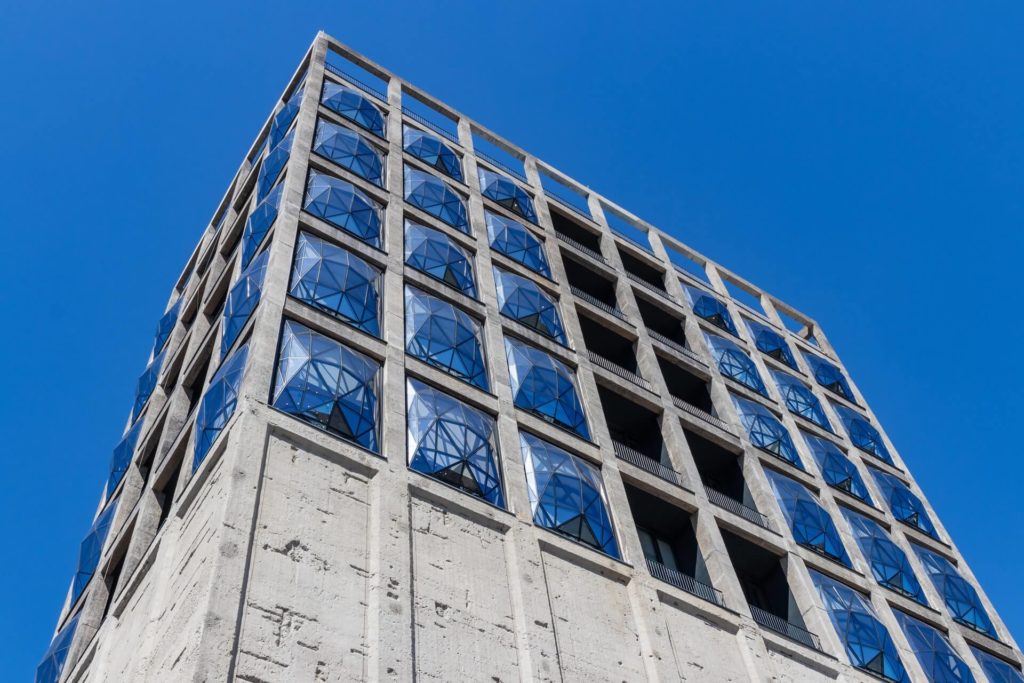
The once magnolia-yellow grained silo complex in Cape Town, with the help of Heatherwick Studio, a design company, has become a 100-gallery museum of African and diasporic art in the 21st century. Zeitz MOCAA presents international events and exhibitions that offer a cross-cultural perspective on African art. The museum’s nine floors are adorned with works by revolutionary artists such as Zimbabwe’s Kudzanai Chiurai and Kenya’s Wangechi Mutu.
21. National Gallery of Canada in Ottawa
When in 1880, the National Gallery of Canada was founded, works of the 19th century at the historic Hotel Clarendon in Ottawa formed the first exhibition. More than 140 years later, the Maman, who has been called 30 feet of bronze spider, welcomes visitors to the new gallery designed by Moshe Safdie.
The National Art Museum now houses 75,000 artworks of Canadian and indigenous art from GeneralWolfe’s Death by Benjamin West to the Neoclassicist painting.
22. Tate Modern in London
Tate Modern was founded in 1889, when Henry Tate, a British industrialist, donated his collection of British nineteenth-century art and funded the establishment of the first Tate Gallery. One hundred years later, the Tate Trustees announced their intention to establish an international gallery of modern and contemporary art.
The gallery, which is housed in the former Bankside Power Station, exhibits ground-breaking works by Andy Warhol and Pablo Picasso, including Marilyn Diptych and Nude Woman with Necklace.
23. Mauritshuis in The Hague, Netherlands

Mauritshuis, also known as the Netherlands’ Royal Picture Gallery, houses a rare collection of Golden Age paintings by countless Dutch and Flemish artisans. In 1816, King William I donated to the Dutch state the collections once owned by his father, stadtholder Prince William V, establishing The Hague’s first national gallery. The Mauritshuis’s 841 works of art include Girl with a Pearl Earring by Johannes Vermeer and The Goldfinch by Carel Fabritius.
24. Kunsthistorisches Museum in Vienna
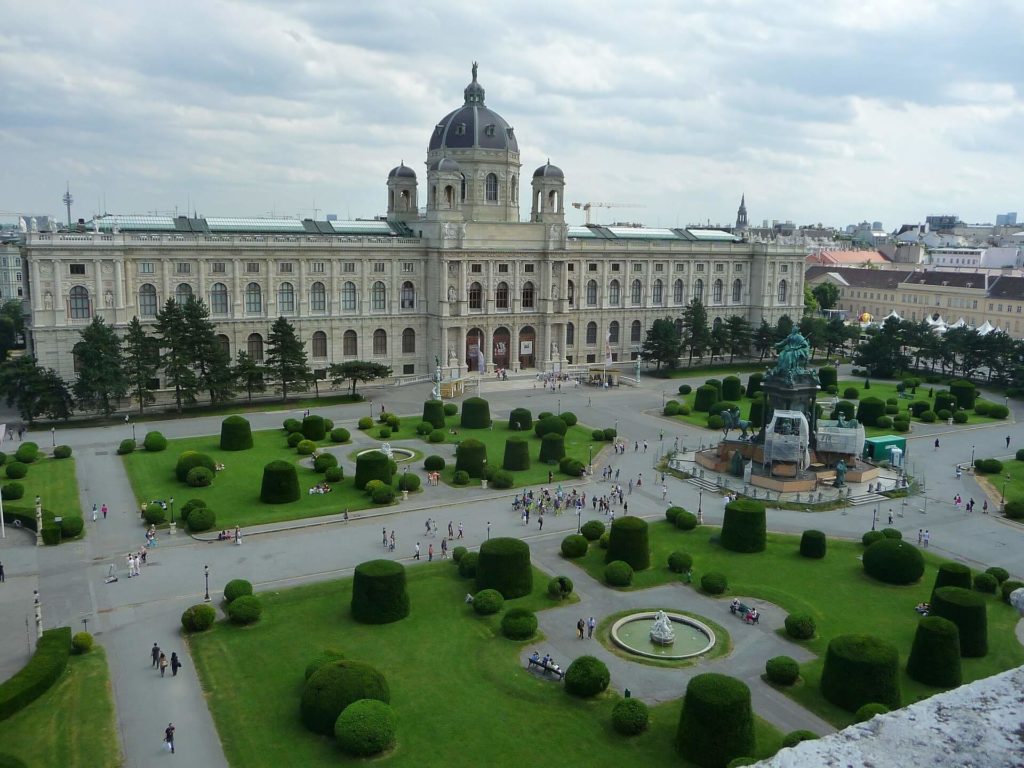
Around 1891, Emperor Franz Joseph I of Austria-Hungary commissioned the Kunsthistorisches Museum to house the magnificent art collection of the House of Hapsburgs, which remains the museum’s primary collection to this day. The museum’s collection includes Raphael’s Madonna del Prato and Diego Velázquez’s well-known portrait Infanta Margarita Teresa in a Blue Dress.
25. Museo de Arte de Puerto Rico
Museo de Arte de Puerto Rico was founded in 2000 with the mission of promoting visual arts from Puerto Rico and around the world to a diverse audience. The museum’s primary and extensive collection of Puerto Rican art spans the centuries from the sixteenth to the twenty-first centuries. The museum’s collection includes José Cuchy y Arnau’s Chula (Girl in Typical Madrid Costume) and José Campeche’s 18th-century work The Daughters of Governor Ramón de Castro.
26. The San Francisco Museum of Modern Art
Since 1935, the San Francisco Museum of Modern Art has been the West Coast’s only museum devoted exclusively to twentieth-century art. It features an impressive seven floors of galleries housing over 33,000 works and a wall seeded with thousands of plants. SFMoMA has some of the world’s most recognized contemporary art, including the woman with a hat of Henri Matisse and the provocative fountains of Marcel Duchamp.
27. Palace of Versailles
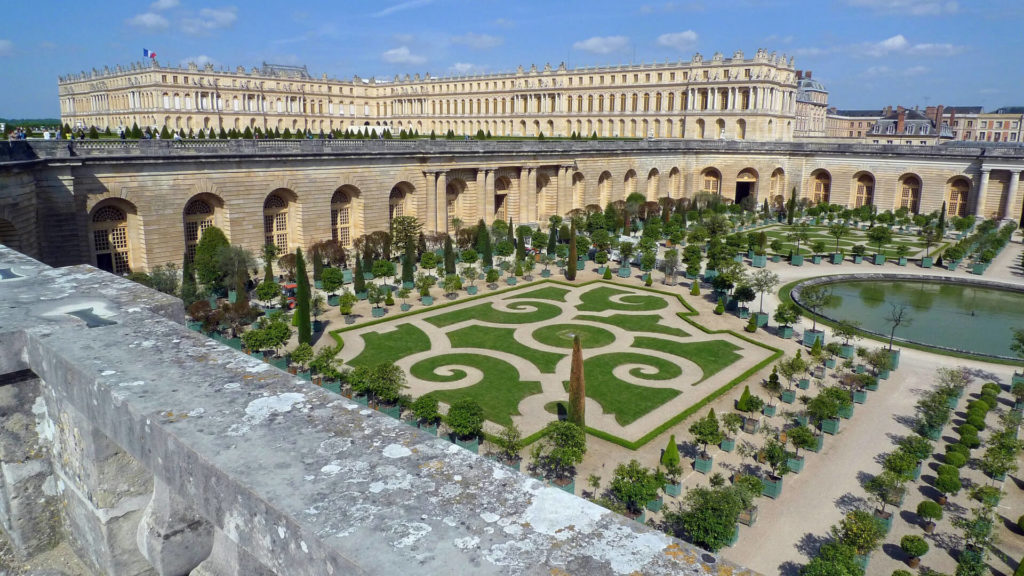
Originally a palace, it is now a museum.
The collections of the Palace of Versailles, which number in excess of 60,000 works, cover a wide range of time periods. The collections reflect the Palace’s dual identity as a residence for the French kings and royal court and, later, as a museum “dedicated to the glories of France,” inaugurated by Louis-Philippe in 1837.
The collections of Louis-museum, Philippe’s which is still active today, provide a chronological overview of France’s history from the Middle Ages to the late nineteenth century. The museum was established to provide historical and iconographic insight into the great figures and events that shaped France’s history, and the collections focus on sculptures and paintings from the sixteenth to nineteenth centuries. They include both originals and reproductions, as well as specially commissioned works and regular purchases.
28. Musée D’Orsay in Paris

Originally a railway station, the Musée D’Orsay now houses an internationally renowned collection of Impressionist and other Western art from 1848 to 1914. Victor Laloux, an architect, designed the original magnificent structure in 1900 to greet visitors to the World’s Fair. Following its closure in 1939, the Beaux-Arts station remained in disuse until late 1970s, when President Valery Giscard authorized renovations to the historic structure.
28. The Art Institute of Chicago
The Art Institute of Chicago houses over 300,000 works of art spread across the original structure and the Renzo Piano-designed Modern Wing. Following the 1871 Great Fire, Chicago’s leaders were committed to rebuilding and expanding the city, which included the establishment of a museum and school for the fine arts.
29. Museo Larco in Lima
Museo Larco, located in Lima’s Pueblo Libre district, is a museum dedicated to pre-Columbian art that spans over 5,000 years of Peruvian history. The institution was founded in 1926 by Rafael Larco Hoyle following the acquisition of 45,000 artifacts and vessels. It is currently housed in an 18th-century vice-royal building. The Gold and Silver Gallery houses the museum’s largest collection of pre-Columbian jewelry, which was frequently worn by notable rulers during that era.
30. The Museum of Qin Terracotta Warriors and Horses in Xi’an, China

At this mausoleum and museum, ancient Chinese funerary art in the form of terra-cotta sculptures depicts the armies of Qin Shi Huang, China’s first Emperor. The terra-cotta army, which dates from the late third century, was discovered in 1974 near Xi’an City by local farmers. The mausoleum’s three pits are estimated to contain over 8,000 soldiers, 130 chariots with 520 horses, and 150 cavalry horses. The Museum of Terracotta Acrobatics, the Museum of Terracotta Civil Officials, the Museum of Stone Armor, and the Museum of Bronze Chariot and Horse are all located on the same site.
31. The National Gallery in London
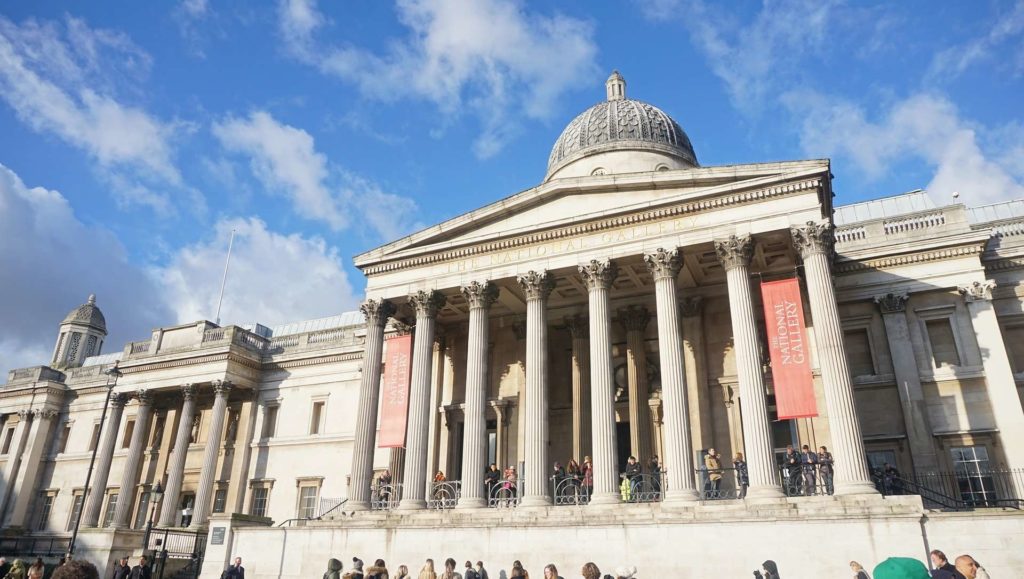
The National Gallery, located on the north side of Trafalgar Square, houses the country’s collection of Western European paintings from the 13th to the 19th centuries. When it opened in 1838, parliament determined that Trafalgar Square would be the ideal location for a free museum due to its central location, which allows for easy access to the paintings by people of all social classes. The permanent collection includes Jan Van Eyck’s The Arnolfini Portrait and Paul Cézanne’s The Great Bathers.
32. The Vasa Museum in Stockholm
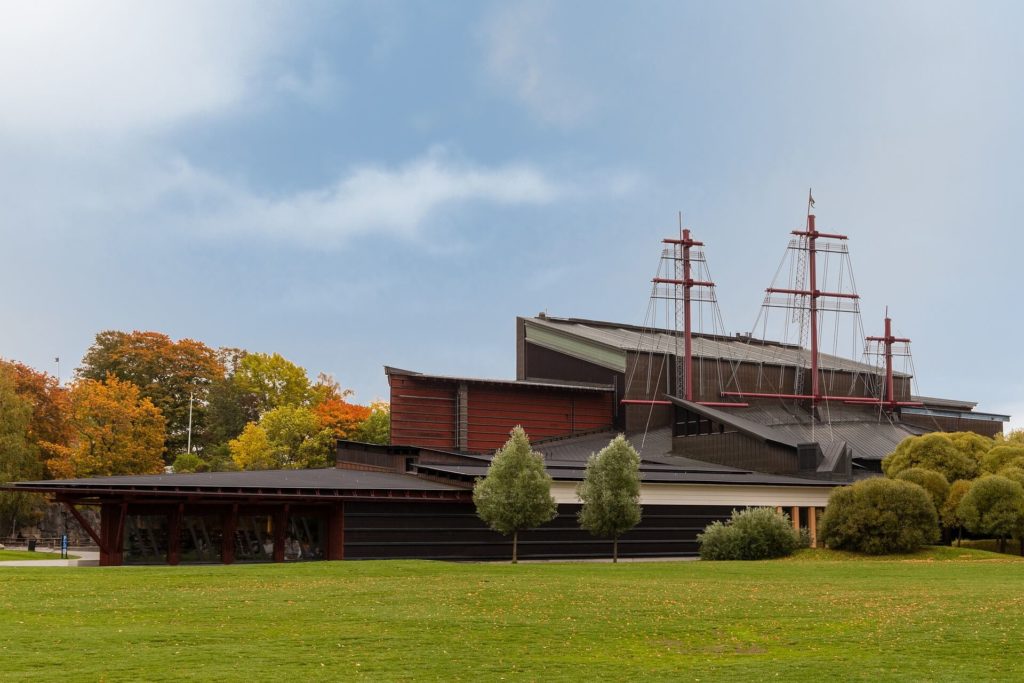
At the Vasa Museum, board this 17th-century Swedish ship for the ultimate trip down Scandinavian memory lane. Around 1618, Gustav II Adolf directed the construction of new Swedish navy ships, including the Vasa, which was named after the Vasa Dynasty. Until it sank in August 1628, the ship was regarded as one of the most powerful warships in the Baltic. Today, the recovered ship is housed in the museum and is adorned with hundreds of wooden sculptures.
33. The Acropolis Museum in Athens
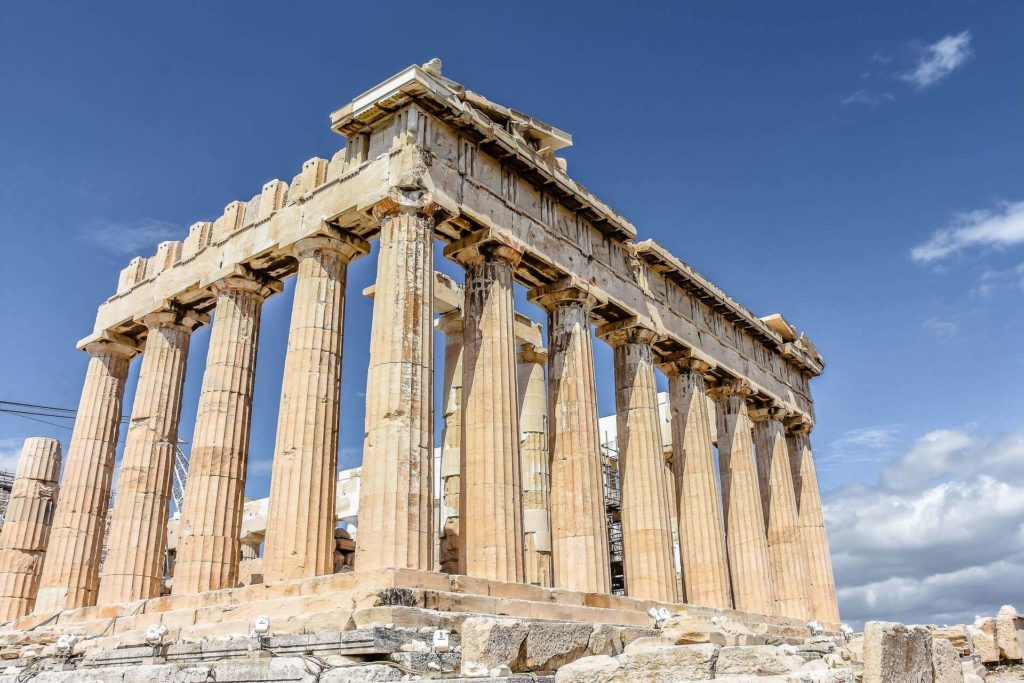
The Acropolis Museum’s highly curated exhibits focus on archaeological discoveries made on the Acropolis of Athens between the Greek Bronze Age and the Byzantine era. The museum, founded in 1976 and located in the historic district of Makriyianni, houses nearly 4,000 sculptures and antiquities.
34. The Van Gogh Museum in Amsterdam
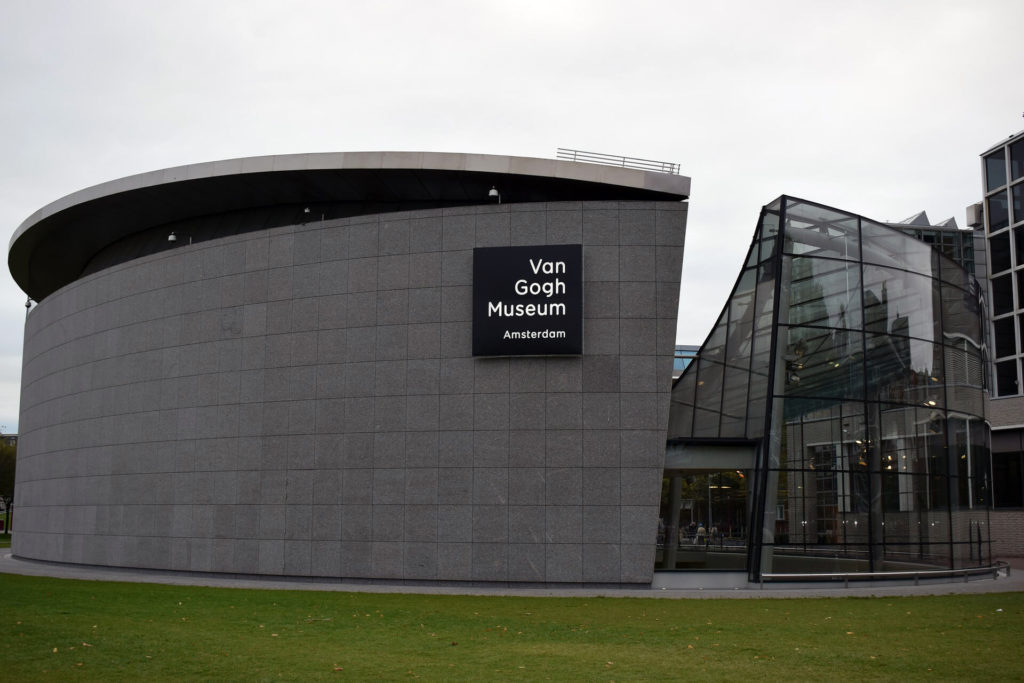
Vincent van Gogh, widely regarded as one of the most influential Dutch painters of all time, created nearly 900 paintings and over 1,100 works on paper during his lifetime. Gerrit Rietveld designed the Vincent van Gogh Museum’s two buildings in 1973, with the majority of the collection coming from Theo van Gogh, Vincent’s younger brother. Along with his own work, such as Sunflowers, the gallery features works by van Gogh’s contemporaries.
35. Galleria dell’Accademia in Florence
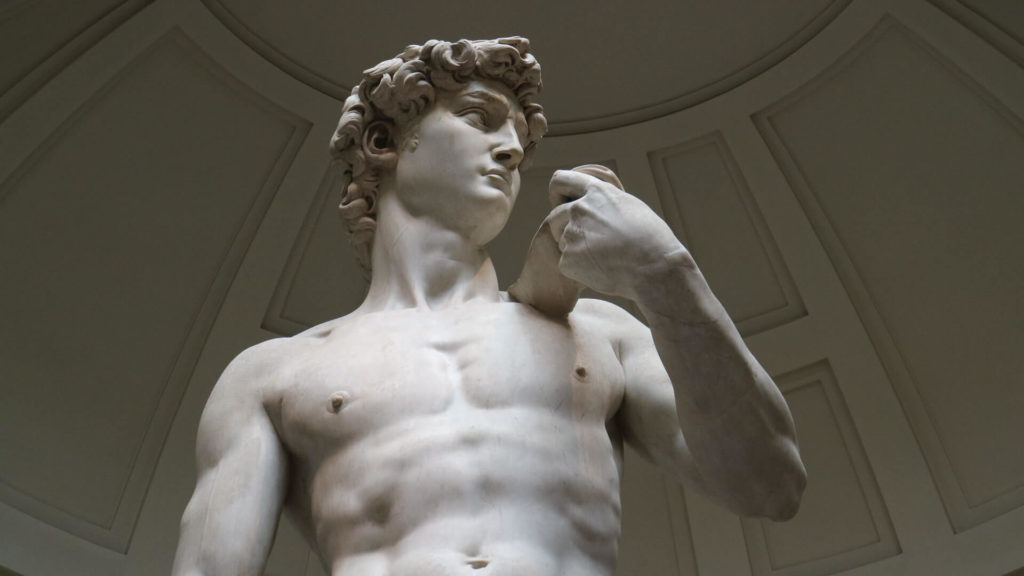
The Galleria dell’Accademia was founded in the 18th century by the Grand Duke of Tuscany as a teaching facility for students of the Academy of Fine Arts. Michelangelo’s David arrived at the museum from Piazza Della Signoria in 1873, quickly becoming a must-see attraction. Additionally, the Academia Gallery houses a collection of antique musical instruments.
36. The National WWII Museum in New Orleans
The National WWII Museum explains the war’s harrowing facts—why it was fought, how it was won, and what it means to Americans today. The war museum was founded in 2000 by two historians, Stephen Ambrose and Gordon H. “Nick” Mueller, and was later designated as America’s National WWII Museum by a 2004 act of Congress. Five pavilions on the grounds house historical exhibits, on-site restoration work, a period dinner theater, and restaurants.
37. Pergamon Museum in Berlin
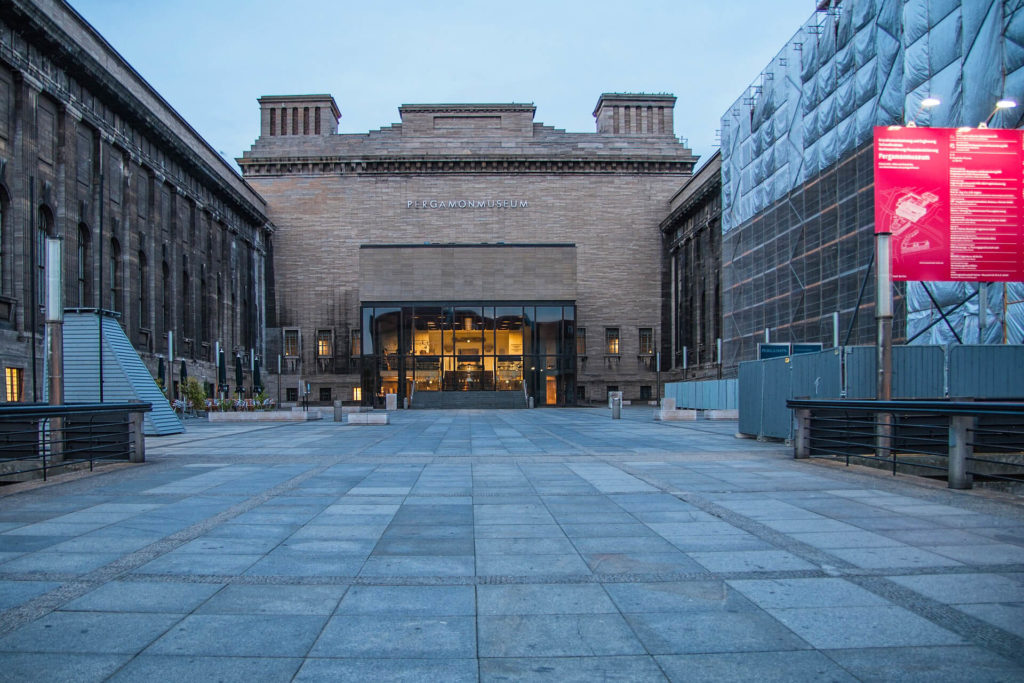
As Germany’s most visited museum, the Pergamon houses reconstructions of monumental archaeological structures such as the Pergamon Altar, Miletus Market Gate, Babylon’s Ishtar Gate, and the Mshatta Facade. During the nineteenth century, archaeologist Heinrich Schliemann’s discovery of the ancient city of Troy inspired German researchers to travel to Babylon, Uruk, Ashur, and Egypt in search of otherworldly treasures. Museum Island became the repository for these ancient treasures and later became the home of the Pergamon Museum.
38. The Getty Center in Los Angeles
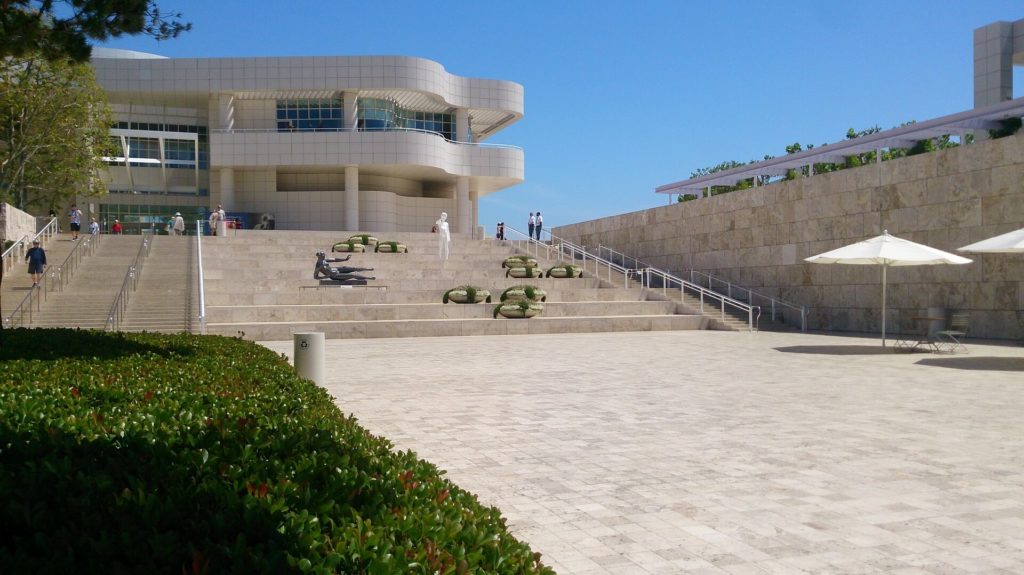
The Getty Center is an institution on the West Coast that houses European paintings, drawings, sculpture, illuminated manuscripts, decorative arts, and photography. The Getty was founded in 1953 by art collector J. Paul Getty, who established his own eponymous art trust and converted a portion of his ranch house into a museum. Following his death, the businessman left the lion’s share of his estate to the J. Paul Getty Museum Trust, which was established to fund the center’s establishment. Along with Vincent van Gogh’s Irises, the grounds’ lovely garden is a must-see.
39. Smithsonian National Air and Space Museum in Washington, D.C.
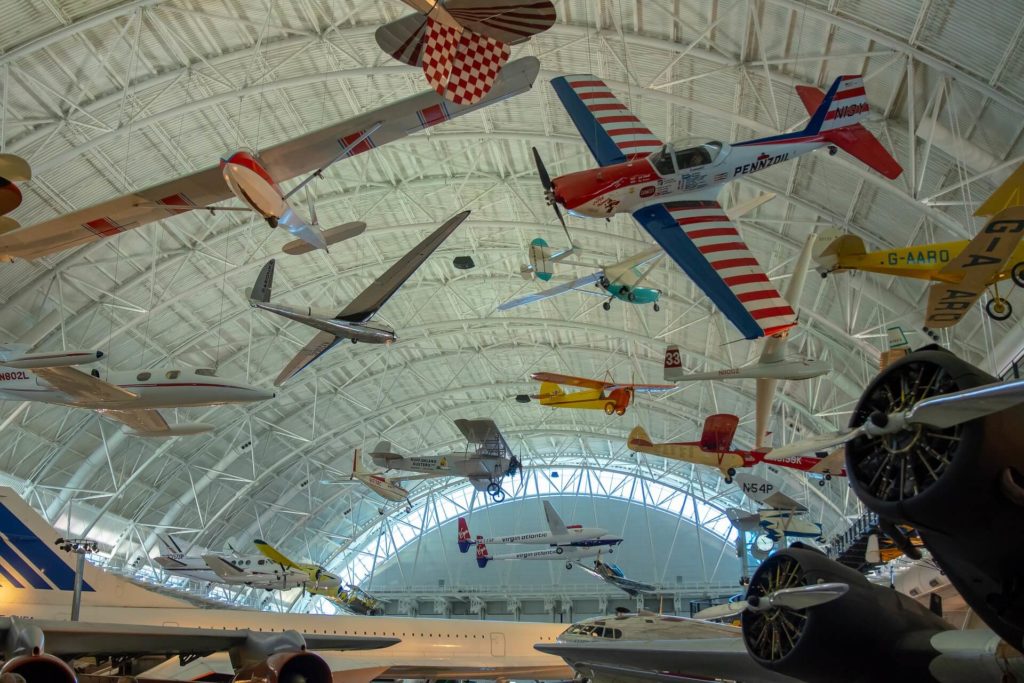
While the Smithsonian National Air and Space Museum did not open officially until 1976, the institution’s relationship with aviation began with Joseph Henry, the Smithsonian’s first secretary. In 1861, the physicist invited aeronaut Thaddeus S.C. Lowe to inflate a hot air balloon on museum grounds, establishing the museum’s commitment to air and space education. The museum chronicles America’s illustrious history of space exploration and aeronautics experimentation.
40. Instituto Ricardo Brennand in Recife, Brazil
Ricardo Brennand, a Brazilian collector and businessman, founded the nonprofit cultural institution in 2002 with a collection of historic and artistic objects from Colonial and Dutch Brazil. The architecture of Instituto Ricardo Brennand is inspired by a Tudor-style castle complete with drawbridge. The colonial Brazil museum houses an impressive armory collection of over 3,000 pieces.
41. Yad Vashem Holocaust Memorial in Jerusalem
Yad Vashem is the World Holocaust Remembrance Center, and one of its most notable installations is the Hall of Names, a memorial for each Jewish person murdered during the Holocaust. The center, which was designed by renowned architect Moshe Safdie, is located on Mount Herzi, also known as the Mount of Remembrance, which overlooks Jerusalem. The museum tells the Holocaust story from a Jewish perspective through the use of original artifacts from victims, survivor testimonies, and personal belongings.
42. National Gallery of Art in Washington, D.C.
Andrew W. Mellon, an art collector and former Secretary of the Treasury, was instrumental in the establishment of the National Gallery of Art in 1937. The art enthusiast offered President Franklin D. Roosevelt his vast art collection in exchange for a new museum on the National Mall grounds on a par with other countries’ national art museums.
43. Inhotim in Brumadinho, Brazil
Inhotim is home to one of Brazil’s largest collections of contemporary art, as well as one of Latin America’s largest outdoor art centers. Bernardo de Mello Paz of Minas Gerais began purchasing land surrounding his farmhouse in the mid-1980s as a means of protecting the natural landscape. Paz established Inhotim shortly thereafter by converting his ranch into a 5,000-acre botanical garden. The gardens are now renowned for their collection of rare plant species from every continent.
44. Museo de Arte Latinoamericano de Buenos Aires
This Argentine museum exhibits Latin American art from the early twentieth century to the present, including works by internationally renowned artists such as Frida Kahlo. The nonprofit museum was founded in 2001 by businessman Eduardo Costantini, with the permanent collection drawn from his own Costantini collection.
45. Museum of New Zealand Te Papa Tongarewa in Wellington
At New Zealand’s national museum, learn about the bicultural partnership between indigenous and nonindigenous people. Te Pa, which translates as “Our Place,” began emphasizing diversity in 1865 with the establishment of the Colonial Museum, which featured paintings and ethnographic artifacts from the indigenous Mori people.
Address: 55 Cable Street, Te Aro, Wellington 6011, New Zealand





